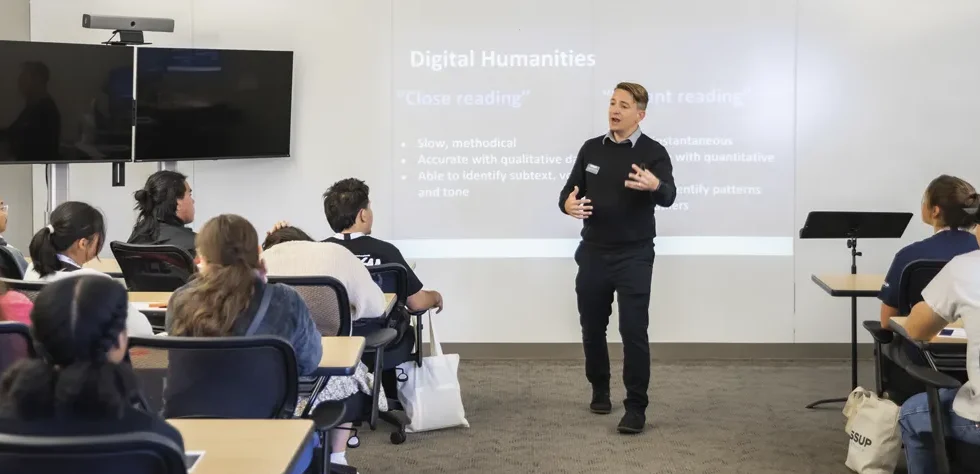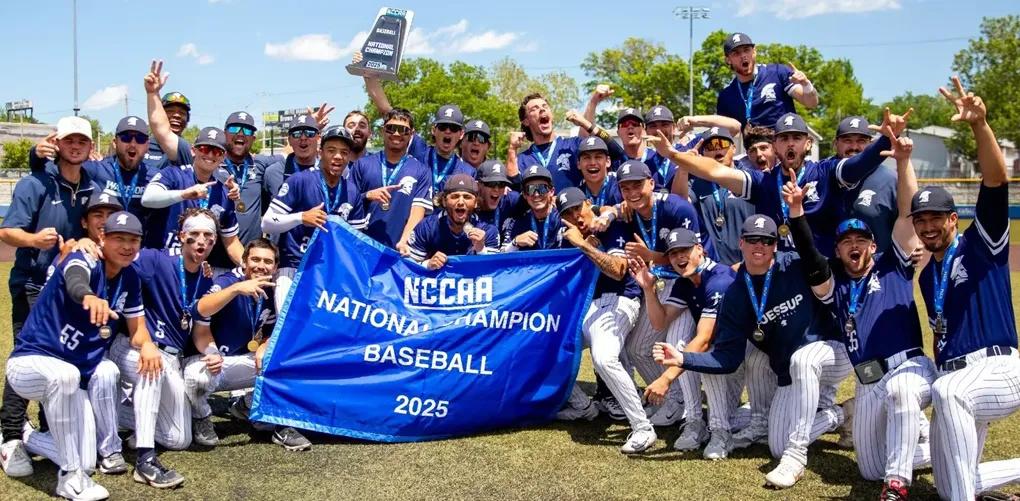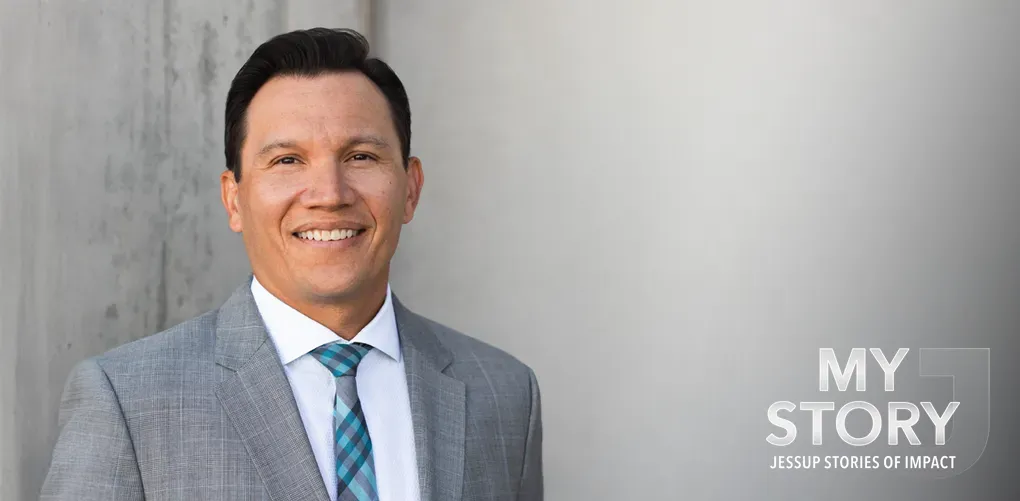Featured Articles
-

From Clinicals to Chapel: Catherine Cui’s Holistic Nursing Education at Jessup
Pursuing a Nursing degree takes dedication, focus and a genuine passion for helping others. The rigorous…
-

“Writing with Artificial Intelligence” at Jessup: Blending Creativity and Code
When ChatGPT became publicly available in late 2022, many feared that writing would follow the path…
-

What Can You Do with a Digital Humanities Degree?
One of the first questions a college-bound student will ask when choosing a major is, ‘What…
-

NCCAA’S BEST! Jessup Baseball Tops Mission to Claim the National Championship
The final game of the 2025 baseball season ended with a dog pile as Jessup raced…
All Articles
-

NATIONAL CHAMPS! Jessup Softball Finishes the Season as the NCCAA’s Best
The storybook ending the Warriors dreamed about has come true. With two wins on Wednesday, Jessup is the 2025 NCCAA Softball National Champions, capping off a historic year in the university’s history. The championship is…
-

Multnomah Biblical Seminary: Redesigned and Relaunched
Jessup University, proudly announces the redesign and relaunch of Multnomah Biblical Seminary (MBS), a bold step into the future of theological education. Compelled by the love of Christ and rooted in biblical truth, MBS exists…
-

Post-Graduate Survival Guide
Congratulations! You are on your way to graduation and your Jessup family couldn’t be more excited for you as you embark on this new chapter…
-

My Story: Karlyn Leander
Karlyn Leander’s journey is one of faith, creativity and perseverance. A Colorado native, she is passionate about two things: serving God and building enchanting worlds…
-

My Story: Alexis Blunk (Welch)
In 2019, Alexis Blunk (formerly Welch) was announced as the first-ever head coach of Jessup STUNT. Within four seasons, Blunk transformed the Warriors into a…
-

My Story: Alex Medina | Why Hire a Jessup Graduate?
In the bustling legal landscape of California, Alex Medina stands out not just for his expertise, but for his unwavering faith and commitment to integrity….
-

My Story: Israel Alvarez
Alumnus and current student Israel Alvarez is on a mission. Graduating last December, he is a first-generation college graduate and now enrolled as an MAcc…
-

My Story: Matt George
Sacramento sports enthusiasts might best know Matt George as the charismatic anchor/reporter for ABC10 News and the lively host of the Sacramento Kings podcast, “Locked…
-

My Story: Adonia Hurley
“When God calls you to something, you do it,” says Jessup alumna and Rocklin Police and Canine Handler, Adonia Hurley. Called to law enforcement in…
About the Blog
Engage with Jessup University through our community page. Explore a variety of recent news, events, and trending topics from Jessup University!
We’re here to assist in matching you with an ideal program tailored to your distinct talents. Connect with us now, and a skilled advisor will be in touch with you soon.
